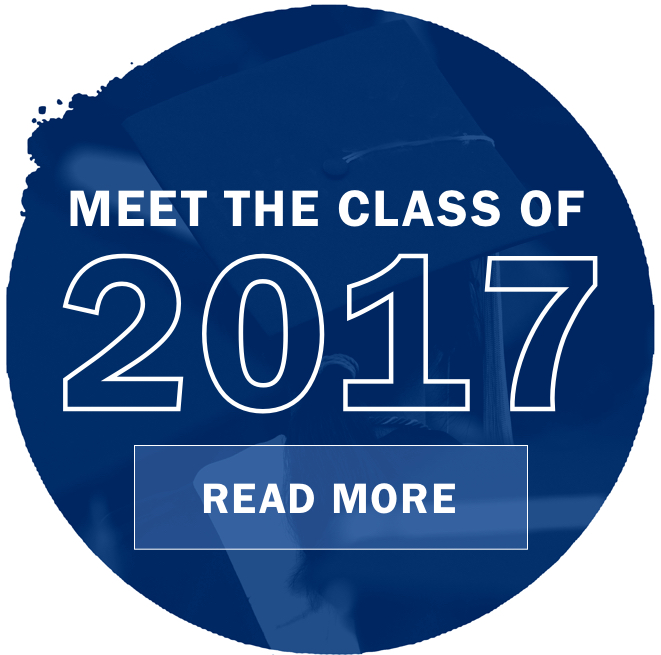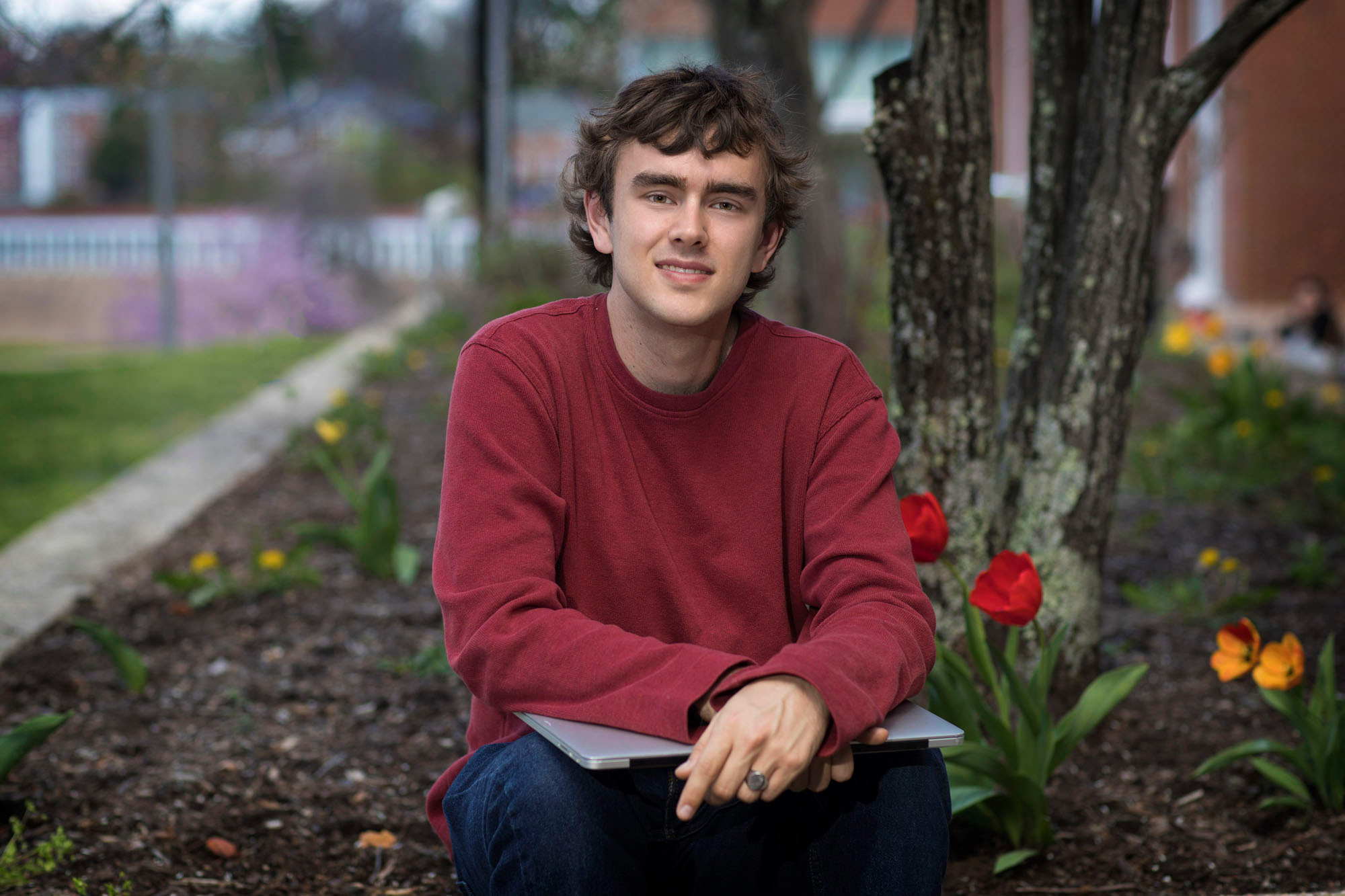During his four years in the University of Virginia’s School of Architecture, Matt Johnson has traveled to the Arctic, attended conferences in Australia and designed housing for the homeless in Ethiopia.
His biggest legacy, however, might be felt much closer to home.
Johnson is among a small group of students raising awareness of mental health issues and examining the culture of the School of Architecture’s studios, where students spend hours and hours working on design projects.

“Studio culture is a big issue in architecture schools around the country,” Johnson said. “It is a notoriously intense and demanding field, and the work can become all-consuming if you let it.”
Two years ago – after realizing how that intensity was impacting his own life – Johnson began planning events, poster campaigns and other initiatives reminding students to prioritize mental and physical health. Now, the A-School Wellness Initiative is a school-wide program.
“I am still involved in it, but it is bigger than me now,” Johnson said. “It has become a really powerful thing that is making the school a healthier, more productive place and a better community.”
UVA Today caught up with Johnson before graduation to learn more about the wellness initiative, his interest in architectural robotics, his work around the world and his post-graduation plans.
Q. Why did you choose to study architecture?
A. Initially, I applied to colleges as a medieval history major. I was interested in architecture as a kid, but scared I did not have the skills. Later, though, I was looking at UVA’s School of Architecture website. The work they were doing looked awesome, and I realized I wanted to give it a shot, at least for a semester. I fell in love with it and haven’t looked back since.
Q. You’re very involved in the School of Architecture’s fabrication shops. What kind of work do you do there?
A. I’m really interested in digital fabrication, including practices like 3-D printing, laser cutting and computer numerically controlled, or CNC, routing. As a student employee in the digital fabrication shop, I monitor students’ projects, maintain equipment and run safety training.
I am also very involved with architectural robotics. The school has a six-axis robot that can orient itself in 3-D space, unlike a regular CNC router. My thesis project used the robot to invent a new method for 3-D printing concrete columns.
Q. What method did you come up with?
A. To create something with concrete, you typically have to build a formwork, pour the concrete in and throw away the formwork. My method uses the robot to move the 3-D printing tool through space in free-form designs. It can change the design as it goes along, which allows for an infinite number of column shapes. I have been working with the Virginia Transportation Research Council’s concrete lab to develop the concrete mix, which is designed to pour smoothly and cure quickly while holding its shape.

It’s exciting to be part of the research group getting architectural robotics off the ground here. I have gotten a lot of great opportunities to travel to conferences, including one in Sydney, Australia, and I aim to present my thesis at the next Robots in Architecture Conference in Switzerland.
Q. How is robotics changing the practice of architecture?
A. I believe these technologies will transform how buildings are built in the immediate future. Building construction is one of the least-automated manufacturing processes in the world, compared with manufacturing computers or clothes, for example. What we can do with robots is completely outside of the vocabulary of how we build buildings right now. It will change things drastically, and I am grateful to have developed literacy in that at UVA.
Q. You’ve also led efforts encouraging students to take care of their mental health. What inspired those efforts?
A. With design work, there is never really an endpoint. You can always do more work on a project. If you are not careful, you can find yourself pulling all-nighters, skipping meals or not exercising. I fell into that during my first year or two here, doing more and more work just to convince myself I was a good designer. It started affecting my health and actually holding me back from doing good work.
In my third year, I hit a very difficult semester, and became so stressed and anxious that my friends noticed something was wrong. With their help, I realized that my unhealthy practices were affecting my mental health and actually preventing me from doing my best work. That semester, I gave up all-nighters and started prioritizing eating well, sleeping and taking time to do things with friends.
Q. How have you helped your fellow students work through similar problems?
A. The same semester that I was really struggling, we had an event for the entire school, talking about dealing with stress and setting limits around work. Professor Beth Meyer, the dean at the time, spoke, along with many faculty and students sharing personal stories. It was so powerful and moving.
After that, we started the wellness initiative. Now, there is a student-run commission doing everything from educating people about the danger of pulling all-nighters to providing technical assistance to younger students acclimating to our software programs. People are talking about mental health and they know there are resources there now.
Q. What else stands out as you look back over your time in the Architecture School?
A. I started the A-School Christian Fellowship during my second year, meeting twice per week in Campbell Hall to talk, read Scripture and support each other. Having that community has been so rewarding. It’s such an open group. People from all kinds of religious backgrounds – or none at all – come to talk and learn more about what we believe.
I have also gotten a lot of really great travel experiences. One of my studio classes did research in Svalbard, Norway, an island chain home to the world’s northernmost towns, with an otherworldly landscape and extreme way of building. Last summer, some classmates and I got a grant to help design housing and health care facilities for an NGO providing permanent homes to homeless people with disabilities in Addis Ababa, Ethiopia. We have been working with Professor Anselmo Canfora and his project, initiative reCOVER. It has been really cool to see another culture and know I am contributing to the world with design. Right now, I am considering returning to Ethiopia to work on this project after graduation, if I can line up grant funding.
Media Contact
Article Information
May 15, 2017
/content/class-2017-architecture-student-worked-building-healthy-minds

